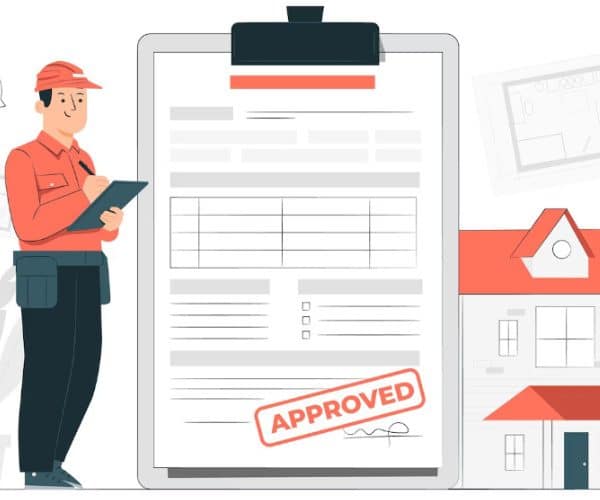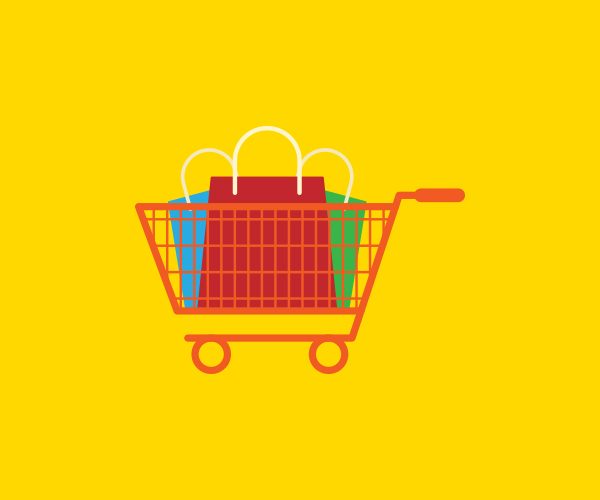Manufacturing is a cornerstone of the modern economy, transforming raw materials into the products we use daily.
But what exactly does this process entail, who are the key players, and what roles do they play? Let’s delve into the world of manufacturers to find out.
What are Manufacturers?
Manufacturers are companies or individuals who transform raw materials into finished goods on a large scale using labor, machinery, and processes.
After manufacturing, they sell those products to distributors, wholesalers, retailers, and consumers.
Sometimes they supply these products to other manufacturers who create more complex products from them. This conversion of raw material into useful final products adds value to it.
This results in a significant increase in the price of the final product as compared to the raw material, and this is what makes manufacturing quite profitable.
Some examples of manufacturing include:
- Making fast-moving consumer goods such as toiletries, bakery items, cosmetics, etc.
- Development and production of electronics items such as mobiles, boards, flat screens, etc.
- Making of construction materials such as bricks, flooring, ceiling, etc.
- Manufacturing of furniture items such as sofas, tables, etc.
- Making toys such as vehicles, dolls, action figures, etc.
- Production of plastic.
- Textile product manufacturer
Types of Manufacturers
There are several types of manufacturers, including:
Made to Stock (MTS)
These manufacturers produce goods based on forecasted consumer demand, keeping finished products in stock before their final sale.
The success of these manufacturers depends on how well they assess the market demand to meet the requirements.
If they fail to do so, they may encounter problems like under or overproduction.
Example:
Fast-moving consumer goods such as food, cleaning products, personal care items, and toiletries are good examples of MTS items.
Made to Order (MTO)
MTO manufacturers start producing products only after receiving a customer’s order, which can lead to longer wait times for customers.
This is also known as mass customization, as manufacturers make customized products as per the customer’s unique requirements.
It is beneficial as it offers customization, no excess inventory, better resource utilization, and eliminates the chances of overproduction.
However, these manufacturers are affected by variable product demands, irregular sales patterns, more lead times, etc.
Example:
Furniture manufacturing, aircraft manufacturing, luxury car manufacturing, etc., fall under the category of MTO manufacturing.
Made to Assemble (MTA)
MTA manufacturers produce basic parts or components in advance, allowing for quicker assembly and customization after receiving an order.
In MTA manufacturing, customization is possible to some extent. This strategy combines the benefits of both MTO and MTS approaches.
It eliminates the chances of overproduction, and the need for excess inventory as well as reduces the risk of dealing with unsold items and minimizes lead times.
Example:
Manufacturing personal computers is an example of the MTA strategy, as the manufacturers make the essential computer parts separately and then assemble them later based on customer requirements.
Engineer-to-Order (ETO):
ETO manufacturers design and produce products tailored to specific customer requirements.
This type of manufacturing is often used for complex or highly customized products.
Example:
Custom machinery or equipment manufacturing, where each product is designed and built according to the customer’s specifications.
Manufacturers vs. Producers
While the terms ‘manufacturer’ and ‘producer’ are often used interchangeably, they have distinct meanings in the context of business. Here’s a comparison to help you understand the differences:
| Category | Manufacturers/Manufacturing | Producers/Production |
| Definition | Manufacturers turn raw materials into finished products using workers, machines, and more. | Producers create goods or services using various resources. |
| Primary Focus | Transformation of raw materials into finished goods. | Creating value by making goods or offering services. |
| Key Resources | Labor, machinery, raw materials. | Labor, machinery, raw materials, knowledge, skills. |
| Input | Primarily tangible (raw materials, components). | Tangible (raw materials, components) or intangible (knowledge, skills). |
| Output | Tangible goods. | Tangible goods or intangible services. |
| Complexity | Can vary from simple to highly complex processes. | Can vary from simple services to complex goods production. |
| Types of Utility Created | Form utility (transformation of raw materials into goods). | Form utility, service utility, time utility, place utility. |
| Examples | Baking bread, manufacturing electronics. | Providing medical services, producing agricultural products. |
Steps of Manufacturing Processes: From Concept to Execution
No matter what product we are going to manufacture, it always starts from a basic idea.
Product manufacturing is a multi-step process that converts an idea into a final product. Here are the common steps in product manufacturing.
Develop the Product Idea
This is the very first step, as a good product idea is what ensures the success of your product.
Here are the questions you need to ask while coming up with a great product idea:
- Who is your target customer?
- Is there a need for your product in the market?
- What is the size of the market?
- How will the product be developed and brought to market over time?
- Who are your competitors or what are the product trends?
- Do you have the resources (both human and financial) to manufacture your product?
Conduct Thorough Research
After developing a product idea, the next step is to conduct market research.
Explore all the questions about your product. Here are key aspects to explore during your research:
- How is your product better?
- What makes you stand out from the competition?
- What will be your marketing strategy regarding your product?
Designing
After conducting your research, now it’s time to come up with a great product design. While designing a product, keep the product function, usage, feasibility, and resources in mind.
After creating a final design, test the feasibility of your product design to assess performance and identify potential issues.
Plan Product Manufacturing
The next and most crucial step is planning the manufacturing process. Here are the steps to follow when developing a production plan:
- Map the manufacturing process.
- Choose the right manufacturing technique.
- Work on manufacturing cost and product manufacturing strategies.
- Evaluate the manufacturing time.
- Come up with a manufacturing schedule.
- Start manufacturing your product.
Feedback and Quality Control
After product manufacturing, now it’s time to test your product. Perform product quality checks, get honest product feedback from focus groups, and work on any possible improvements.
How to Optimize the Manufacturing Process?
When we talk about manufacturing, process optimization is certainly a thing.
It refers to finding a proper solution to streamline all the activities around the manufacturing process. Process optimization in manufacturing has the following benefits:
- Efficient utilization of resources
- Improving the quality of the product
- Enhanced workflow and productivity
- Reduced downtime during production schedules
- On-time order completion
- Cost reduction
Process optimization typically deals with three areas including:
- Equipment optimization
- Operating procedure optimization
- Control optimization
Steps to Process Optimization in Manufacturing
Here are the steps to follow for the optimization of the manufacturing process:
- Analyze the current manufacturing process in detail.
- Identify areas for quick and easy improvement using real-time data analysis.
- Introduce the changes using an adapted system.
- Monitor and analyze activities again to track how this optimization made manufacturing more efficient.
FAQs
Q1: What are the types of the manufacturing process?
Ans: There are five types of manufacturing processes, including:
- Batch Manufacturing – Manufacturing a group of identical products simultaneously
- Continuous Manufacturing – Non-stop, uninterrupted manufacturing
- Job Shop Manufacturing – Making small batches of custom goods
- Repetitive Manufacturing – Ongoing manufacturing of the same product over an extended period
- Discrete Manufacturing – Manufacturing of individual finished products that can be seen, touched, and counted.
Q2: What is the profit margin for manufacturers?
Ans: The profit margin for manufacturers varies significantly across different industries. The average manufacturer profit margin varies between 25-35%.
Q3: How do manufacturers distribute their products?
Ans: Manufacturers can go for direct or indirect distribution channels for product distribution. There are 4 types of distribution channels, including:
- Zero-level or Direct Distribution
It is the process of delivering goods directly to the customers without involving intermediaries. For example, a customer buys through a manufacturer’s website.
-
Indirect Distribution
Indirect distribution involves one or several intermediaries who deliver goods to the customers. Based on the number of intermediaries involved, it can be further classified into:
- One Level – Goods travel from the manufacturer to retailer/distributor to customer, e.g., furniture store.
- Two Level – Goods travel from the manufacturer to wholesaler, and retailers, and then reach the final customers, e.g., buying from the supermarket.
- Three Level – Goods travel from the manufacturer to distributor, wholesaler, and retailers and then reach the final customers, e.g., dropshipping.



